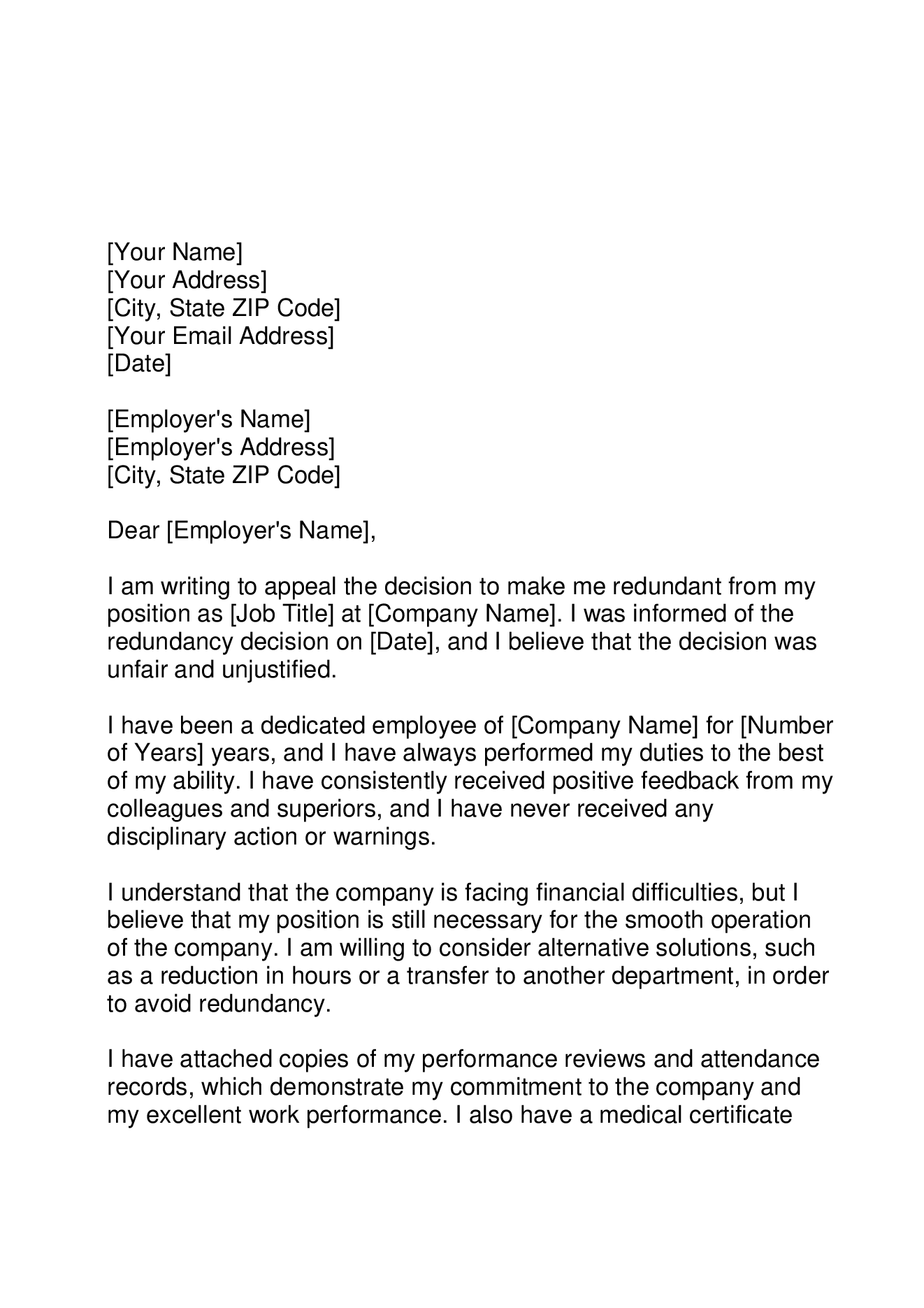Discussed: If a Company Goes Bust Who Pays Redundancy in the UK?
Wiki Article
Checking Out the Interaction In Between Business Redundancy and Business Flexibility for Future Development
In the dynamic landscape of today's service world, the intricate partnership in between firm redundancy and business flexibility arises as a vital variable for sustained growth and success. Business commonly encounter the challenge of striking a delicate equilibrium between preserving a degree of redundancy to mitigate risks and cultivating adaptability to react promptly to the ever-evolving market needs.Relevance of Business Redundancy
Company redundancy is an essential component that boosts business strength and alleviates operational dangers. By incorporating redundancy actions within the business structure, business can better stand up to unexpected disturbances and changes in the organization environment. Redundancy works as a calculated buffer, allowing firms to adjust and react properly to unanticipated challenges without endangering vital procedures.One key element of the relevance of business redundancy is its duty in guaranteeing continuity throughout times of dilemma. When confronted with sudden modifications or emergency situations, repetitive systems, sources, or employees can tip in to keep vital functions and protect against extensive interruptions. This connection not just safeguards the company's online reputation and consumer depend on but additionally decreases financial losses and operational downtime.

Methods for Organizational Versatility

An additional crucial method is buying modern technology and facilities that can sustain flexibility and scalability. Carrying out digital devices, automation, and data analytics can simplify operations, improve performance, and offer valuable insights for educated decision-making. In addition, developing versatile business frameworks that allow for quick changes to market dynamics and client requirements is vital for staying affordable in a rapidly progressing environment. By proactively determining possible interruptions and chances, companies can proactively flourish and adapt in an ever-changing business landscape.
Balancing Redundancy and Versatility
Achieving a harmonious equilibrium between operational redundancy and organizational versatility is paramount in browsing the complexities of a dynamic service setting. Redundancy within a business provides a safeguard, making certain continuity and security in operations. However, an unwanted of redundancy can cause ineffectiveness and impede adaptability to altering market conditions. On the other hand, business flexibility allows firms to react without delay to outside disturbances and confiscate brand-new opportunities. Striking the ideal balance between redundancy and flexibility is a fragile process that requires a deep understanding of the organization's objectives, sector characteristics, and danger tolerance.To attain this balance, companies need to carry out regular analyses of their operations to recognize areas where redundancy is needed for danger mitigation and where versatility can drive development and growth. Carrying out adaptable structures, promoting a culture of continual discovering and enhancement, and urging open interaction across all levels of the company are crucial approaches to harmonize redundancy and flexibility successfully. By lining up these 2 vital elements, firms can place themselves for lasting growth and success in an ever-changing company landscape.
Case Researches on Adaptation Success
In taking a look at instances of effective organizational adjustment, it ends up being obvious that the interplay in between operational redundancy and adaptability is a who pays redundancy money specifying element in shaping durable services. One engaging case study is that of Netflix. At first a DVD rental service, Netflix demonstrated remarkable adaptability by transitioning right into a streaming platform when digitalization disrupted the sector. By tactically spending in modern technology and content production, Netflix not only prospered however survived in a quickly progressing market. An additional standout example is Amazon. Starting as an on-line book shop, Amazon continually adapted its service version, increasing into varied sectors such as cloud computer and fabricated knowledge. This flexibility allowed Amazon to stay in advance of rivals and satisfy transforming consumer needs. Finally, Adobe gives a notable picture of effective adjustment. The business moved from selling software application licenses to a subscription-based model, guaranteeing reoccuring income streams and enhanced client interaction. These instance research studies emphasize the significance of operational redundancy combined with business adaptability in cultivating lasting development and competition.Building Durability for Future Development
Building resilience for future development calls for a critical alignment of operational processes with market dynamics and arising patterns. Firms should adapt to transforming settings by fostering a culture of versatility, development, and constant improvement.In addition, promoting strong connections with stakeholders, such as customers, employees, providers, and the community, is crucial for weathering uncertainties and preserving count on and assistance throughout unstable times. Effective interaction and openness play a vital function in building durability, as they aid line up expectations and facilitate collaboration in browsing unpredictabilities.
Furthermore, organizations require to focus on discovering and development campaigns to upskill staff members and equip them with the necessary tools to adjust to changing circumstances. By investing in their workforce, firms can boost their flexibility and dexterity, inevitably strengthening their durability for sustainable future growth.
Conclusion

In the dynamic landscape of today's organization globe, the complex connection in between firm redundancy and business flexibility emerges as a crucial factor for sustained development and success. Companies commonly deal with the obstacle of striking a fragile equilibrium in between keeping a degree of redundancy to minimize threats and fostering flexibility to respond quickly to the ever-evolving market demands.To achieve this equilibrium, firms require to carry out routine evaluations of their operations to determine areas where redundancy is needed for threat reduction and where flexibility can drive technology and development.In final thought, the interaction between business redundancy and business adaptability is crucial for future development. Structure durability via a mix of redundancy and flexibility will guarantee that business are prepared for the obstacles of the future.
Report this wiki page